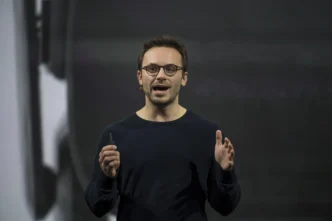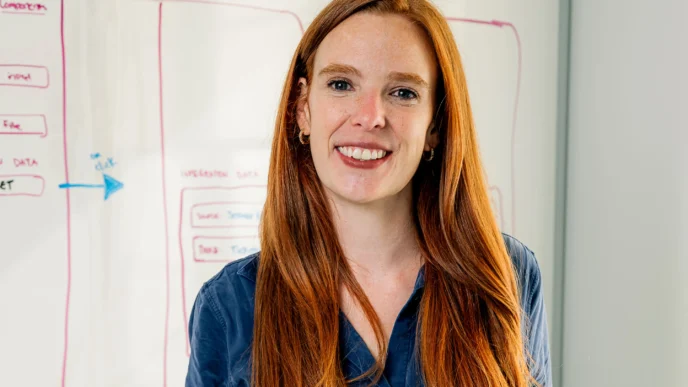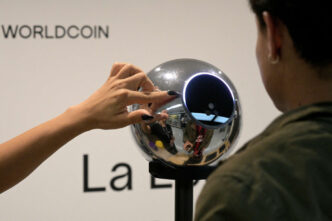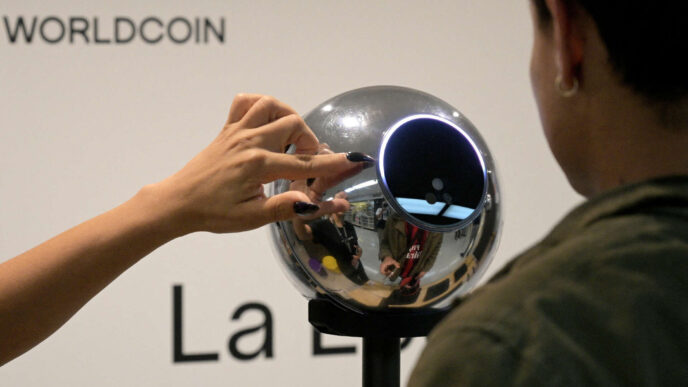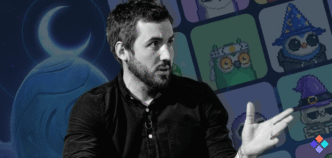Netflix has already started embracing generative AI in its creative process, signaling a significant shift in how technology supports storytelling in film and television. Earlier this year, the company revealed that its Argentine sci-fi series The Eternaut featured a building-collapse scene created with the help of AI, marking the first time Netflix used AI-generated footage in a production. The move drew attention across the industry, as it showcased how AI can seamlessly blend into visual storytelling when guided by skilled human creators.
Following that milestone, filmmakers behind Happy Gilmore 2 also experimented with generative AI, using it to de-age characters in the movie’s opening sequence, a task that would traditionally require extensive post-production work and costly visual effects. Meanwhile, the producers of Billionaires’ Bunker turned to AI tools long before cameras started rolling, leveraging the technology in pre-production to visualize wardrobe options, set design, and overall aesthetic direction. These examples highlight Netflix’s growing confidence in AI as a creative co-pilot rather than a creative replacement.
Netflix CEO Ted Sarandos has repeatedly emphasized that the company’s approach to AI is rooted in empowering professionals rather than automating them out of existence. “We’re confident that AI is going to help us and our creative partners tell stories better, faster, and in new ways,” he said during the company’s latest earnings call. “We’re all in on that, but we’re not chasing novelty for novelty’s sake.” His statement reflects a cautious optimism that resonates with many in the film industry who see AI as an opportunity to enhance human imagination, not replace it.
Still, Netflix’s optimism stands in contrast to Hollywood’s ongoing anxiety around generative AI. Across the entertainment world, writers, actors, and visual effects artists remain deeply divided about the role AI should play in the creative process. Many fear that large language models and generative systems, often trained on copyrighted scripts, performances, and artwork without permission, could erode artistic integrity and threaten traditional jobs. The recent introduction of OpenAI’s Sora 2, an advanced model capable of generating lifelike audio and video, reignited this debate. The model’s release without strict safeguards raised alarms that it could be misused to create deepfakes of actors or simulate performances without consent.
In response, the actors’ union SAG-AFTRA, alongside industry figures like Bryan Cranston, publicly called on OpenAI to strengthen its guardrails and ensure artists’ likenesses and voices are protected. The debate underscores an uncomfortable truth: while studios like Netflix view AI as an efficiency tool, many creatives see it as a potential threat to their livelihoods. Yet, despite the tension, the trend across major studios appears to mirror Netflix’s balanced approach, integrating AI behind the scenes for visual effects, design, and production planning rather than replacing actors or filmmakers outright.
Even so, concerns persist among visual effects professionals, who may be the first to feel the pressure as AI becomes more capable of producing photorealistic imagery. As more studios adopt AI-driven workflows, tasks that once required large VFX teams could increasingly be automated or streamlined, reshaping the industry’s employment landscape in subtle but lasting ways.
When investors asked Ted Sarandos about how OpenAI’s Sora might influence Netflix’s operations, his response was calm and measured. He acknowledged that the rise of generative AI will undoubtedly change the way content is produced but dismissed the notion that it could undermine genuine creativity. “We’re not worried about AI replacing creativity,” he said confidently, suggesting that while technology will evolve, storytelling will always rely on human insight, emotion, and perspective.
Meanwhile, Netflix’s business continues to perform strongly. The company reported a 17% year-over-year increase in quarterly revenue, reaching $11.5 billion, a sign of resilience and steady growth despite missing its internal forecast slightly. For Netflix, this success demonstrates that embracing innovation, including AI, doesn’t have to come at the expense of creativity or financial performance.
As Hollywood continues to wrestle with the ethical and artistic questions surrounding AI, Netflix appears to have made its position clear. It is not shying away from the technology but rather integrating it thoughtfully into its creative ecosystem. The company’s willingness to experiment, while keeping the human touch at the center of its storytelling, reflects a pragmatic vision of the future, one where machines handle the heavy lifting, and artists remain the heart of the story.
In a world where the entertainment industry is divided between fear and fascination over generative AI, Netflix’s approach suggests that the future of filmmaking may not be a battle between humans and machines, but a collaboration. As Sarandos and his team see it, AI won’t write the next great screenplay or replace the spark of originality that defines a masterpiece, but it can make the process faster, smarter, and more imaginative. And in the race to define what creativity looks like in the age of AI, Netflix seems determined to lead from the front.


